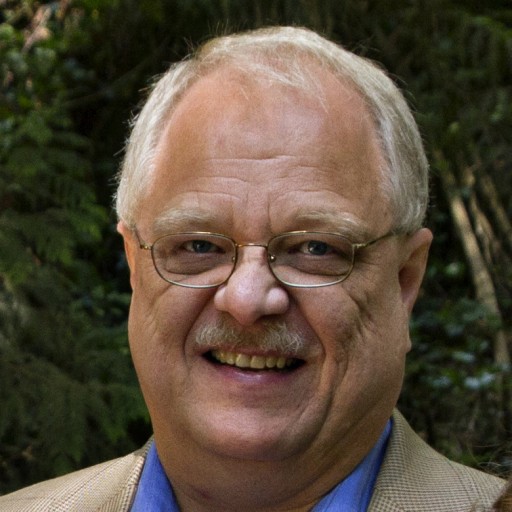A Different Vision for Carrying Out God’s Mission

In early spring 1992, a district superintendent called me. “Have I got an opportunity for you!” he gushed. I eventually discovered what he meant by “opportunity” was that no one knew how to solve the burdening debt problem of the congregation I was asked to serve.
Around the time of that pastoral transition, I stumbled on a quote by Max DePree: “The first responsibility of a leader is to define reality. The last is to say thank you.” So I set out to discover and articulate the reality of my new congregation. From the beginning, we knew they had experienced great financial stress, but no one knew why.
I found out early that per capita giving in this congregation was two-and-a-half times the average of Nazarene congregations in the United States. Every household in the congregation, not just one wealthy giver, financially supported the ministry. Even so, the congregation could barely keep its head above water. I told the board it would be grossly unfair to ask the folks to “do just a little bit more.”
After about a year, I stumbled on the fact that the contract to purchase our church building had been modified without approval of the church board, the district superintendent, or any district board. After identifying the source of our stress, we ultimately decided to sell the building and rid ourselves of oppressive debt.
Fortunately, a nearby congregation from another tradition allowed us to use their building on Sundays. As we settled in, we began to discuss our mission as a church. During the celebration of the congregation’s 50th anniversary, I heard reports that from our very beginning, the desire to support global mission had been a key element in the life of the people. We also noted that the racial and cultural makeup of our neighborhood was changing, and discussed the ramifications for us as God’s people in that part of town. These two elements provided motivation for new initiatives.
About this time, I read a biography of Oswald Smith, the pastor of People’s Church in Toronto, where the Faith Promise concept began. According to the book, this one congregation supported more than 250 missionaries, giving away half of what they received.
I was inspired. In those days, we repeatedly heard that Nazarene congregations should strive to give “10% for others.” I told the board, “10% is for sissies. Let’s go for 25%.” The board and congregation accepted the challenge, and the following year we gave away 36% of what we received for others.
Those were glorious days. I learned so much about generosity from this congregation. We were small in number, but with everyone engaged, we were doing things that surprised even us. It was thrilling.
But then our host congregation announced we had 60 days to find a new place for services. A second congregation was merging with them, and their use of the facility would be changing.
I immediately began seeking for another location. The elementary school next door wanted more rent for one Sunday than we had been paying for a full month. I talked with agents about commercial space, but they required multi-year contracts and monthly payments we could not afford.
We could not have articulated it then, but I now believe we refused to go back to the financial stress we had experienced before. We knew the pure joy of engaging fully in God’s mission without budget restraints. We did not want to shoulder another financial burden that had little to do with what God had called us to do.
Hindsight & 2020
In some ways, what that congregation faced in the 1990s may have been the front edge of the wave that broke in the Great Recession of 2008. Many more congregations will face tough financial decisions in 2020 than was the case 30 years ago.
John Dickerson, in The Great Evangelical Recession: Six Factors that will Crash the American Church, describes how the American Evangelical church has adopted practices that rely on an ever-increasing outlay of funds. He calls it the “dollar-centric deformity of the gospel” (p. 85). Programs many congregations now see as essential come with a price tag they can no longer afford. The financial stress congregations feel has brought them to the point of examining what adjustments must be made to reestablish financial equilibrium.
Churches have hard decisions to make in the years ahead. The funding of congregational and pastoral ministry is at a financial crossroads. The result may be that we stop doing some things and experience the grief that comes when something we cherished passes. But in those moments we may also catch a glimpse of resurrection as God’s people align themselves with His mission through new expressions of the gospel.
Originally published by Pensions & Benefits USA.

